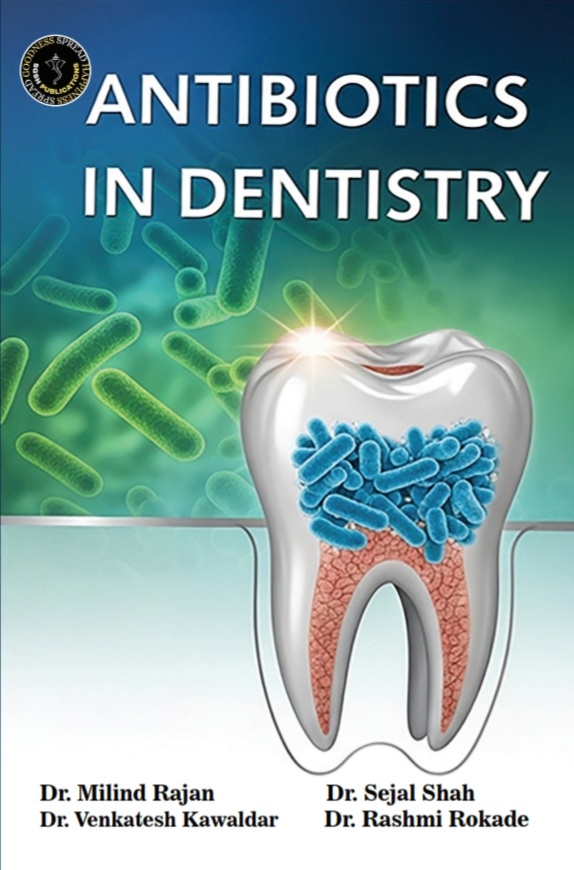The development and use of antibiotics were one of the most important discoveries of the 20th century, revolutionizing the treatment of infectious diseases, thus saving millions of lives and enabling critical advances in many medical fields. An antibiotic is defined as “a substance produced by microorganisms that can act on other microorganisms (or living cells) by inhibiting their growth or destroying them (antibiotic action)”. Indeed, the term, coming from the Greek and meaning “against life”, is thus used to refer to drugs that can inhibit or slow down the multiplication of bacteria, either by inhibiting one or more specific metabolic pathways essential to the bacterium or by acting on a specific target of the bacterial cell.
Most antibiotics used in medicine today are compounds produced naturally by bacteria or fungi, despite how they can also be purely synthetic or semisynthetic compounds, being thus referred to as chemotherapeutic agents. Among them, the β- lactams, macrolides, lincosamides, nitroimidazoles, and tetracyclines are certainly the most commonly used classes of antibiotics and are best suited for dental problems. Antibiotics are generally prescribed in dentistry for the treatment of odontogenic and non-odontogenic acute and chronic infections, for the prophylaxis of focal infections in high-risk patients (those suffering from systemic diseases such as endocarditis or congenital heart disease), and of focal, systemic, and surgical site infections in patients requiring dental treatment or oral surgery. Antibiotic prescribing in dentistry, whether for prophylactic or therapeutic purposes, accounts for approximately 10% of antibiotic prescriptions worldwide, and is not always considered appropriate, leading to excessive or incorrect antibiotic use in dental practice. In turn, dental patients may not correctly adhere to prescribed
antimicrobial treatment, exacerbating the overuse and misuse of antibiotics in dentistry.
Indeed, the potential benefit of antibiotic administration must be weighed against the risk of side effects, such as severe allergic reactions and anaphylaxis, infections caused by the bacterium Clostridioides difficile, and antibiotic-induced colitis. Specifically, in the use of broad-spectrum antibiotics, the direct action even against saprophytic bacterial species regarded as “good” for the body has several consequences for human health that should not be underestimated and that require greater awareness and rationalization of their use, both on the part of the doctor or dentist and the patient. Indeed, taking live cultures or probiotics during antibiotic therapy can alleviate some of the problems associated with taking these drugs and restore good bacteria. In fact, probiotics maintain the balance of the intestinal flora and restore the conditions that existed before the dysbiosis caused by antibiotics.
In light of these considerations, the present study narratively reviewed the epidemiological data on global antibiotic consumption and antibiotic administration in dental practice, prescription adherence of dental patients, and the phenomenon of antimicrobial resistance in dentistry, as well as the evidence supporting and recommending appropriate antibiotic use in dental care.








Be the first to review “ANTIBIOTICS IN DENTISTRY”